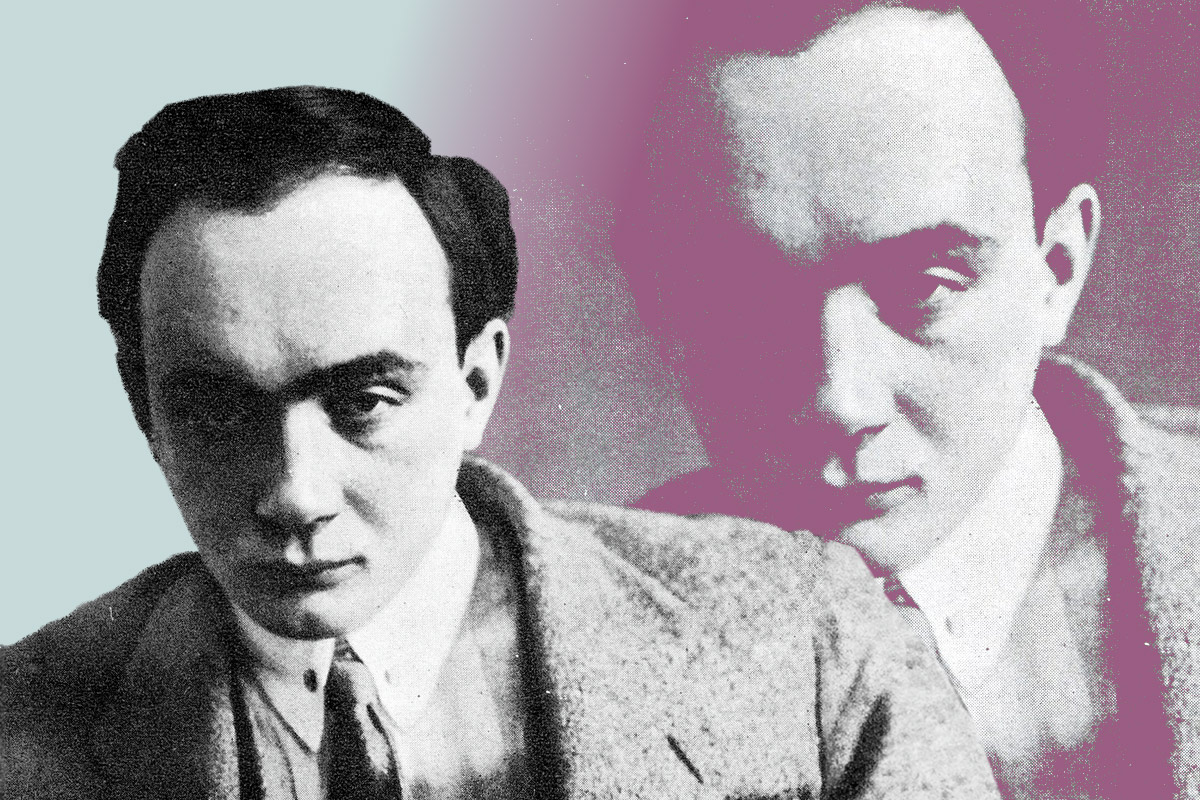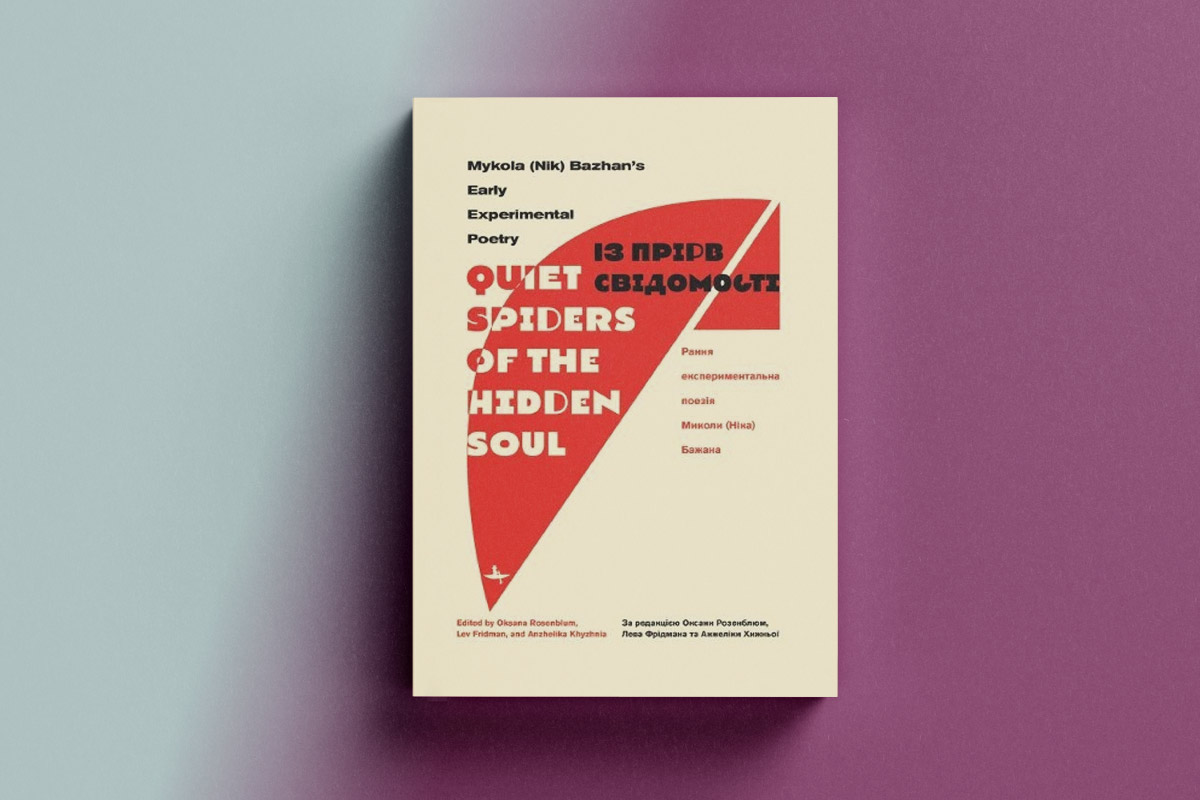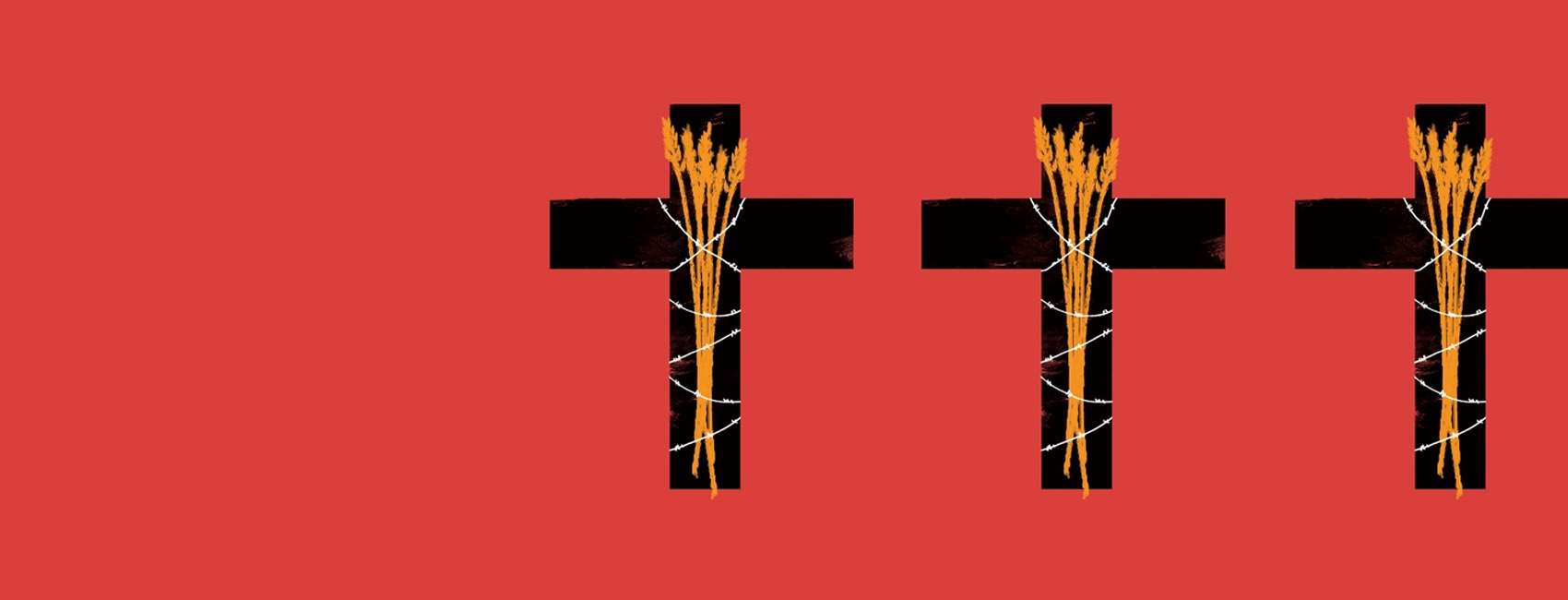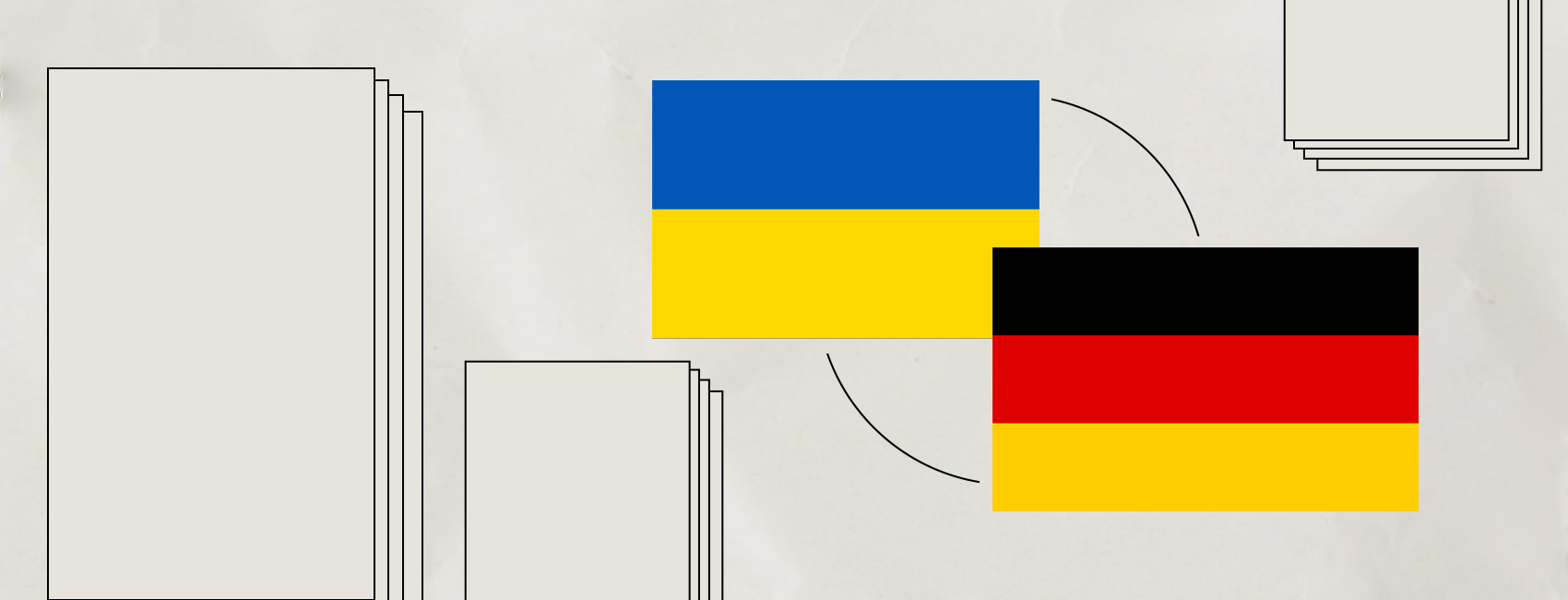* ESC - close the search window
Chytomo Picks
Mykola Bazhan’s literature juggling and whirlpools of compromises
20.08.2024
Mykola Bazhan is a Ukrainian poet whose travels formed a long path. He started as the leader of avant-garde, leftist poetry of Ukraine before becoming a “living classic” of the Stalinist era, author of loyalist odes, an informant for Soviet secret services, and Vice-Premier of Soviet Ukraine. Bazhan publicly repented for his compromises during the Stalinist times and even pursued a Nobel Prize candidacy. He also organized the country’s cultural infrastructure.
Little Uman and its great literature
Mykola Bazhan was born in Kamyanets-Podilsky in 1904 but spent most of his teenage years in Uman. Uman is a beautiful little town in the center of Ukraine that became the country’s cultural center in the first half of the 20th century without having a university or being the center of the governorate (an administrative unit in the Russian Empire). Uman was famous for its economic importance, with a good trade market; a large Jewish community that developed there because of the grave of Nachman of Breslov, founder of the Breslov Hasidic movement; and, last but not least, Sofiyivka Park, an arboretum and research institute of the National Academy of Sciences of Ukraine. But somehow Uman also became the birthplace or hometown of many Ukrainian writers.

Mykhail Semenko, the organizer of the Ukrainian futuristic movement, was not only a hardworking and charismatic poet, but also a huge cultural promoter. One of his activities was discovering young talents in the provinces. Semenko often urged such individuals to “break free” to Kyiv or Kharkiv, even finding them temporary shelter and odd jobs. Among those who heeded his advice was Mykola Bazhan. Bazhan not only went to Kyiv but also became one of the central figures in Ukrainian futurism and the avant-garde movement as a whole.
RELATED: Maksym Rylsky: Balancing on the brink of totalitarianism
Mykola becomes Nik
New life. Active self-education. Experiments. Participating in the activities of and publishing futurists. Living in crowded “communes” with young writers. And — adapting to the realities of the Soviet Union.
Bazhan had to conceal that his father had served in the Ukrainian army, which fought against the Bolsheviks for the independence of the Ukrainian People’s Republic. He had to fabricate stories that his mother had spread Bolshevik propaganda.
Despite not having participated (due to his young age) in the revolution and the Civil War of 1917-1921, Mykola Bazhan constantly wrote about revolutionaries and Red Army soldiers, which, of course, seemed highly forced. However, such homage to the Soviet authorities could have been somewhat sincere: the USSR at that time was still a fresh, trendy, daring, and youthful project, appealing and capable of “selling itself.”

Then Nik Bazhan moved from Kyiv to Kharkiv, the temporary capital of Soviet Ukraine. Besides writing, he was interested in book design. As well, he wrote many scenes for movies such as the cult classic “Alim,” about a Crimean Tatar Robin Hood, and, “Suburban Districts,” a movie about the marriage of a Jewish woman and a Ukrainian man that sharply portrayed ethical and social stereotypes of the era.
Upon realizing that futurism hadn’t given him the space he needed, Bazhan started to experiment. This is when he started to write sonnets instead of avant-garde poetry. In the 1920s, he stopped being Nik and returned to his original name, Mykola. He also joined FAOPL (originally ВАПЛІТЕ), the Free Academy of Proletarian Literature. At that time, expressionism and constructivism became more noticeable in his writing.
But then came the days when he had to stop exploring.
How can an aesthete poet survive totalitarian terror?
The 1930s were a time of significant change in Ukrainian culture. While in the 1920s repression against the creative intelligentsia was sporadic and censorship mostly targeted political spheres, a new era had begun. Within a few years, it became commonplace for entire groups, such as poets, to be imprisoned or even executed on allegations that they intended to bomb Stalin.
Censorship became total and extended to not only what writers wrote about the Soviet Union but also to all themes and aesthetics. Formalism, excessive focus on psychology, or even on sexuality could be deemed suspicious and hostile. Similar to the coercion of peasants into collective farms, a single Writers’ Union was created with rigid ideological and censorship frameworks. However, even joining this union did not guarantee safety. Writers recognized as “one of ours” enjoyed favorable material conditions, while others faced difficulties in publishing and other issues.
Numerous critical articles, informant reports, and arrests of friends did not bode well. They say that in the 1930s, Bazhan was afraid to sleep undressed — suddenly, in the middle of the night or early in the morning, the NKVD (People’s Commissariat of Internal Affairs), the interior ministry of the Soviet Union from 1934 to 1946, could knock on the door. Afflicted with poor eyesight, he wouldn’t be able to orient himself and dress quickly enough. He feared loud noises in the nighttime stairwell. He was scared of telephone calls.
In search of salvation, the poet embarked on three specific “activities.” First, he traveled to Georgia to acquaint himself with the local culture, literature, and literary figures, and then began translating Georgian poetry. It was believed that since Stalin was Georgian, he might notice and recognize translations from Georgian. In any case, having such a line on one’s resume wouldn’t hurt in ambiguous situations.
Mykola Bazhan took this endeavor seriously: Among other translations, he created a vivid and powerful Ukrainian version of one of the central texts of the Georgian national literary canon — the medieval poem “ვეფხისტყაოსანი”(“The Knight in the Panther’s Skin”) by Shota Rustaveli. Whatever motives drove the poet, this was a significant event. Stalin supposedly took notice of the publication and personally added Bazhan to the list of people to receive the Order of Lenin.
The second path to salvation for the aesthete and literary equilibrist was likely much more painful. It involved a complete reformatting of his own creativity. While in terms of poetic themes, Bazhan had long practiced “real politics.” Actively working on “poetry of the revolution” he had now to depart from experiments and explorations towards more classical, conventional lines to please official Soviet criticism.
But Bazhan’s most well-known “collaboration” with Soviet propaganda occurred after the death of the tyrant, during the softer (though still far from free) times of Brezhnev’s “stagnation.”
Compromises with conscience became his third method of protection. Mykola Bazhan entered into cooperation with the Soviet NKVD. There is a report from 1936 about their mutual “understanding.” In documents, the poet was referred to as “Agent Petro Umansky.” Archives also preserve his reports on interactions with acquaintances, such as the brilliant and outspoken director Oleksandr Dovzhenko. Perhaps it’s not an adequate justification, but the NKVD agents were not always satisfied with his “work” and even characterized him in a pointed manner: “Agent Umansky is deceitful, insincere, as always.”
Repentance and renaissance
However, the poet turned out to be one of the few participants in Stalin’s public “humiliations” who later publicly repented for his actions — not just privately among his peers, but in an essay. In the 1950s and 1960s, and even earlier, Bazhan actively assisted in “rehabilitating” writers who had been repressed in previous decades (often posthumously) and publishing their books.
Eventually, even a preface or written recommendation signed by Mykola Bazhan carried significant weight — after all, for the rest of his life, the poet remained recognized by the Soviet authorities, holding positions, titles, and influence. He served as Deputy Chairman of the Council of Ministers of Soviet Ukraine, a deputy of the Supreme Soviet of the Ukrainian SSR and the USSR, a member of the Central Committee of the Communist Party of Ukraine, an academician, a distinguished figure in science, and a recipient of numerous awards and honors from various Soviet republics. He also served as the chairman of the Writers’ Union and so on.

Mykola Bazhan utilized his opportunities and privileges in various ways. On the one hand, he secured a comfortable material life for himself. On the other hand, Bazhan actively engaged in activities to develop cultural infrastructure and assisted younger authors, among other endeavors. For example, it was Bazhan who oversaw the publication projects of the “Ukrainian Soviet Encyclopedia,” the “Encyclopedia of Cybernetics,” considered the first of its kind in the world, and the iconic “History of Ukrainian Art.” Bazhan often managed to include mentions of banned, “undesirable,” or forgotten writers, artists, and other figures in publications he supervised.
Remaining an “official figure” after Stalin’s death and some liberalization in the Soviet Union, Mykola Bazhan was able to somewhat “liberate” his poems. They contained less propaganda and more artistry (and, somewhat paradoxically after all he had experienced, a belief in its power), nuances, and philosophy.
He also continued translating, from Rilke and Hölderlin to Goethe, Nordahl Grieg, and Celan. Occasionally, he traveled to the West (something very few poets were allowed to do due to the Iron Curtain) and interacted with colleagues, and translations of his texts were published worldwide.
The late Mykola Bazhan was an intellectual with an international context, though constrained by totalitarian conditions. Therefore, it was natural and quite logical to attempt to nominate Bazhan for the Nobel Prize in 1971. Omelyan Pritsak, a Harvard professor of Ukrainian origin, informed the poet of this nomination by letter. However, Bazhan declined the nomination, responding that his literary work was too modest. Apparently, he wanted to avoid problems with the authorities; the Soviet dictatorship was highly sensitive to real and potential Nobel laureates and tended to make their lives “interesting.”
Mykola Bazhan passed away in 1983. Less than a decade later, the Soviet Union collapsed, and the totalitarian communist regime disappeared. In independent Ukraine, Bazhan’s image became entangled as both a hostage to the poet’s cooperation with Soviet authorities and his status as a classic in the USSR. Gradually, he was removed from educational curricula, and his works were not frequently reprinted. Currently, there are regular proposals to rename Bazhan Avenue in Kyiv (as part of decommunization efforts) and discontent regarding the existence of his museum apartment.
It’s difficult to predict if those advocating for “canceling” him will achieve further success, but one thing is clear: If “inconvenient” and “incorrect” elements of history and culture are excised, it creates only the illusion of a history and culture that is “convenient,” “correct,” and “unambiguous.” Amidst the resurgence and re-evaluation of the Ukrainian avant-garde heritage today, there is growing interest among literary enthusiasts in the figure and works of Mykola Bazhan. One testament to this is the 2020 publication by the Boston-based Academic Studies Press of “Quiet Spiders of The Hidden Soul: Mykola (Nik) Bazhan’s Early Experimental Poetry,” which includes English translations of Bazhan’s key poems from the 1920s and early 1930s, along with several thorough articles by researchers.
The publication is a part of the “Chytomo Picks: Classics and New Books from Ukraine” project. The materials have been prepared with the assistance of the Ukrainian Book Institute at the expense of the state budget. The author’s opinion may not coincide with the official position of the Ukrainian Book Institute.
Translation: Polina Hrychanyk, Nataliia Firsova
Copy editing: Joy Tataryn, Terra Friedman King
This publication is sponsored by the Chytomo’s Patreon community





